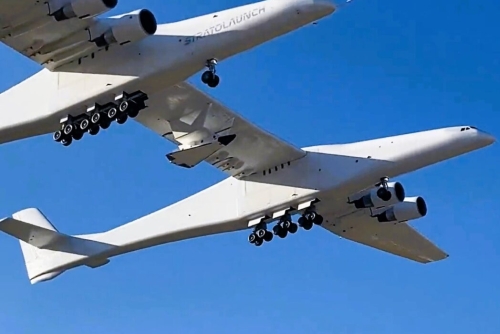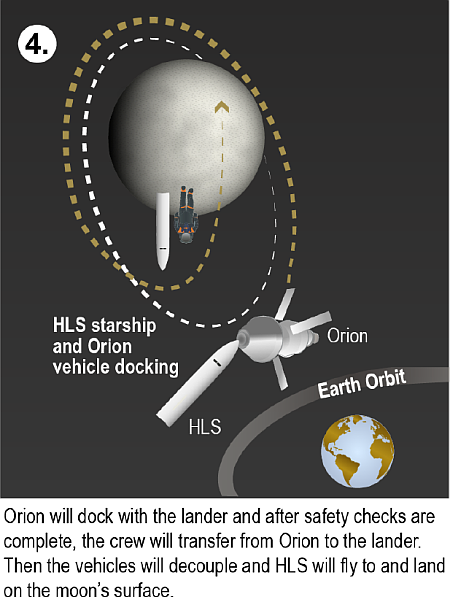SpaceX initiates new round to obtain from $500 to $750 million in additional private investment capital
SpaceX has opened another tender round to obtain from $500 to $750 million in additional private investment capital, with the company now valued at $175 billion, up from the previous valuation of $150 billion.
With this new capital, the company will have raised at a minimum around $12 billion from private sources, not including the undisclosed investment in October from Italy’s biggest bank.
Why are private investors willing to do commit so much cash to this company? This quote from the article says it all:
SpaceX is on track to book revenues of about $9 billion this year across its rocket launch and Starlink businesses, Bloomberg News reported last month, with sales projected to rise to around $15 billion in 2024. The company is also discussing an initial public offering for Starlink as soon as late 2024 — a bid to capitalize on robust demand for communications via space.
In other words, SpaceX is already earning enough to pay for the development of Starlink/Starship/Superheavy, with even bigger profits expected because it has such a lead on its competitors in the satellite broadband business.
These investors realize that SpaceX has captured the majority of this market share, and because of this it will be difficult for late arrivals like Amazon to enter the market. Amazon could charge less to gain market share, but SpaceX could then do the same. And SpaceX will already be in the black when it does so, while Amazon will instead be increasing its red ink.
This situation underlines the wisdom of Musk’s decision in 2018 to shake-up the management in SpaceX’s Starlink division because the management then was setting too slow a pace. As I wrote then:
Musk’s desire for speed here actually makes very good economic sense. There are other companies developing similar internet satellite constellations, and if SpaceX’s launches late they will likely lose a significant market share.
His concern about the slow pace seems to me also justified. This technology, while cutting edge, shouldn’t require as much testing and prototype work as it appears the fired managers wanted. Better to get something working and launched and making money, introducing upgrades as you go, as SpaceX has done so successfully with its Falcon 9 rocket.
Time has now proven Musk right.
SpaceX has opened another tender round to obtain from $500 to $750 million in additional private investment capital, with the company now valued at $175 billion, up from the previous valuation of $150 billion.
With this new capital, the company will have raised at a minimum around $12 billion from private sources, not including the undisclosed investment in October from Italy’s biggest bank.
Why are private investors willing to do commit so much cash to this company? This quote from the article says it all:
SpaceX is on track to book revenues of about $9 billion this year across its rocket launch and Starlink businesses, Bloomberg News reported last month, with sales projected to rise to around $15 billion in 2024. The company is also discussing an initial public offering for Starlink as soon as late 2024 — a bid to capitalize on robust demand for communications via space.
In other words, SpaceX is already earning enough to pay for the development of Starlink/Starship/Superheavy, with even bigger profits expected because it has such a lead on its competitors in the satellite broadband business.
These investors realize that SpaceX has captured the majority of this market share, and because of this it will be difficult for late arrivals like Amazon to enter the market. Amazon could charge less to gain market share, but SpaceX could then do the same. And SpaceX will already be in the black when it does so, while Amazon will instead be increasing its red ink.
This situation underlines the wisdom of Musk’s decision in 2018 to shake-up the management in SpaceX’s Starlink division because the management then was setting too slow a pace. As I wrote then:
Musk’s desire for speed here actually makes very good economic sense. There are other companies developing similar internet satellite constellations, and if SpaceX’s launches late they will likely lose a significant market share.
His concern about the slow pace seems to me also justified. This technology, while cutting edge, shouldn’t require as much testing and prototype work as it appears the fired managers wanted. Better to get something working and launched and making money, introducing upgrades as you go, as SpaceX has done so successfully with its Falcon 9 rocket.
Time has now proven Musk right.





